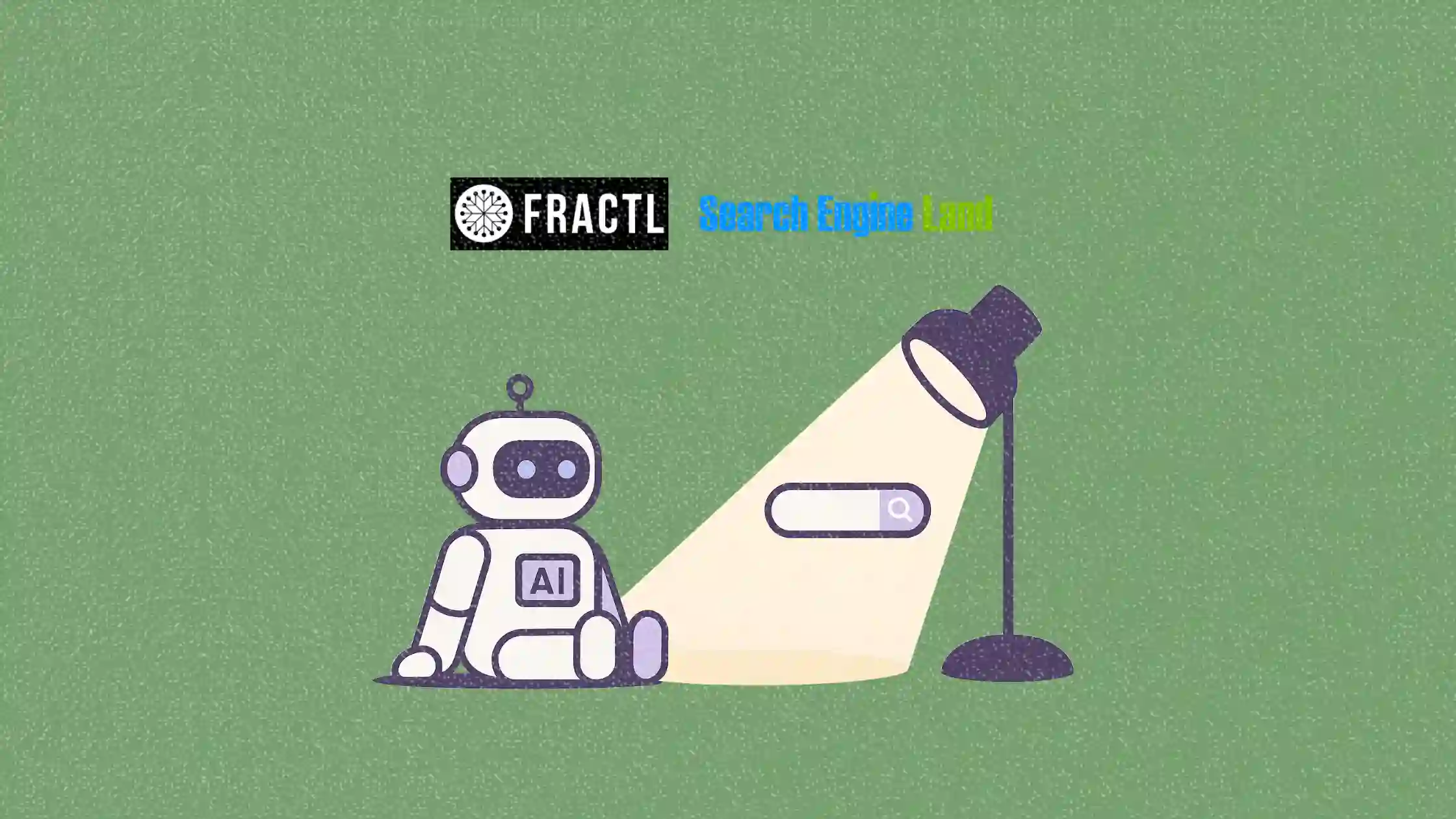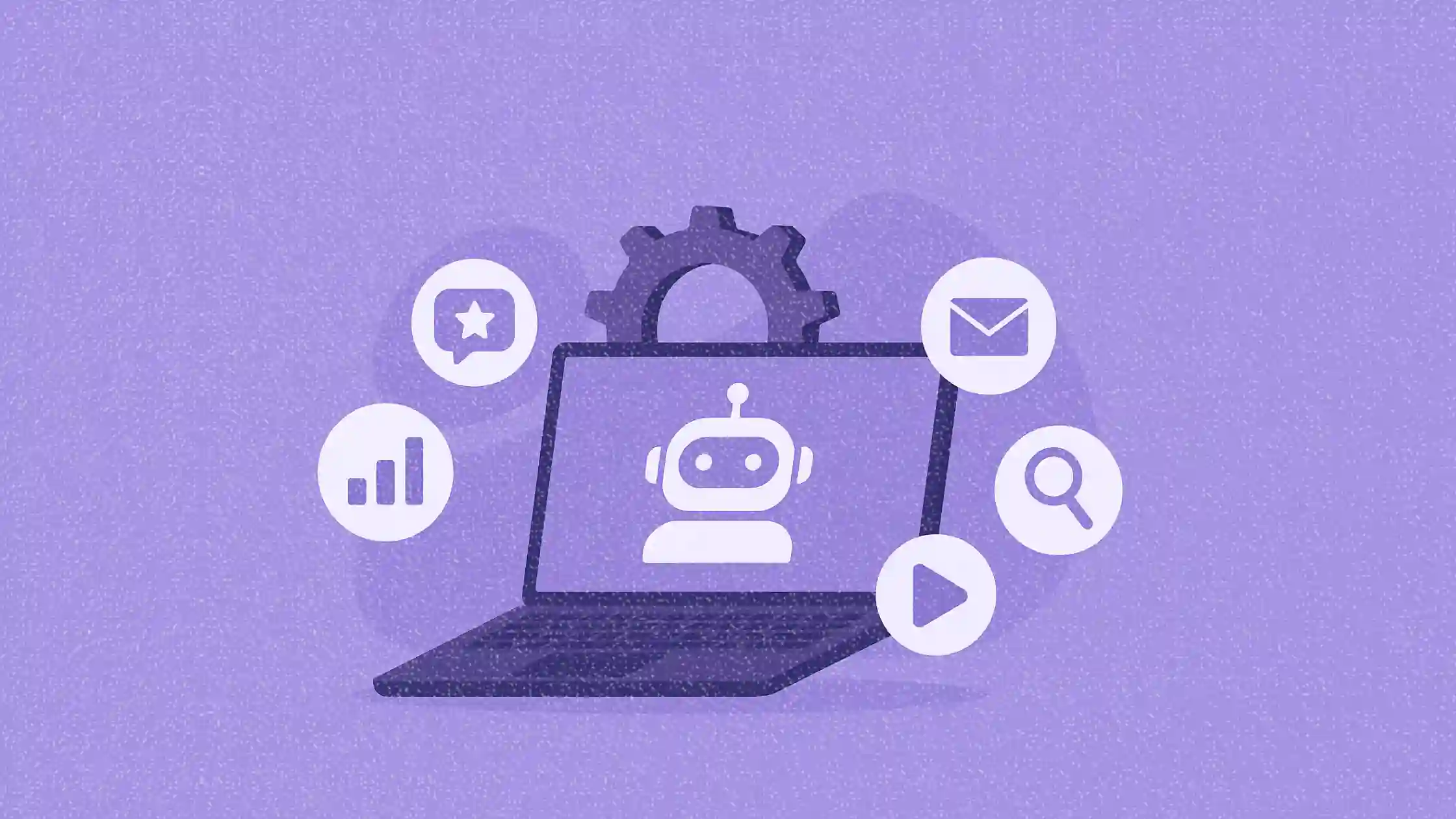Most marketers are underusing AI and it’s costing them visibility
A new survey shows that while marketers are embracing AI, few are using it strategically

AI tools are everywhere in marketing, but most teams are still just scratching the surface.
That is the takeaway from a recent survey by Fractl and Search Engine Land, which gathered responses from over 1,000 marketers and consumers. The study aimed to understand how AI is reshaping content discovery, strategy, and consumer trust in the age of generative search.
This article explores the widening gap between AI’s potential and how it is actually being used by marketers. For teams still treating AI as just a time-saving assistant, the risk is not just inefficiency.
Short on time?
Here is a table of content for quick access:
- AI is widely adopted but barely integrated
- Most marketers treat AI like a time-saver, not a strategic asset
- The confidence gap is real and growing
- What marketers should do next

AI is widely adopted but barely integrated
The survey found that 83% of marketers have adopted AI tools in some capacity. That figure rises to 90% among agencies and holds steady at 81% for in-house teams. On the surface, it looks like a widespread embrace of AI.
But dig a little deeper and the cracks show. Only 4% of marketers are using AI to power the majority (76 to 100 percent) of their content workflows. In other words, while nearly everyone has access to AI, almost no one is using it deeply across the funnel.
This disconnect suggests a missed opportunity. AI is not just another productivity tool. It is increasingly central to how content is discovered, evaluated, and trusted. Underusing it means falling behind.

Most marketers treat AI like a time-saver, not a strategic asset
Right now, marketers are stuck in tactical mode.
The most common AI use cases include writing social captions, drafting emails, and optimizing meta tags and title tags. These are all useful, but they only scratch the surface of what is possible with today’s AI stack.
Very few teams are using AI to drive their overall content strategy. Think end-to-end planning, workflow automation, real-time optimization, or audience segmentation at scale. That is where the competitive edge lives, and where early adopters are gaining ground.
The confidence gap is real and growing
This is not just a tooling issue. It is a strategic one.
According to the survey, 83% of marketers say they feel confident using AI. Yet 47% still struggle to fully integrate it into their workflows. And 35% openly admit they are underusing the technology.
That is a warning sign. The confidence is there, but the execution is lagging. With generative search shifting the rules of content visibility, this mismatch could quickly turn into a business risk.

What marketers should do next
To stay competitive, marketers need to think bigger and act faster. Here are four ways to close the AI strategy gap:
1. Move AI upstream
Do not limit AI to post-production. Use it early to map out content gaps, spot trends, cluster keywords, and build smarter editorial calendars. The more strategic the input, the stronger the output.
2. Redesign your workflows
AI should not be an add-on. It can power entire workflows. Tools like Jasper, Writer, or ContentShake are built to handle planning, production, and optimization in one system.
3. Make integration a team goal
This is not just for content or SEO teams. AI should touch strategy, ops, analytics, and creative. Everyone should know how it fits into their part of the marketing funnel.
4. Change how you measure success
If you are only tracking time saved, you are thinking too small. Look at AI’s impact on traffic, conversions, and visibility. Strategy shifts when measurement does.
There is a clear gap between what marketers say they can do with AI and what they are actually doing. That gap is closing quickly, and those who move early will pull ahead.
AI is not just a content tool. It is the foundation of modern discovery, and it deserves a bigger seat at the strategy table.






